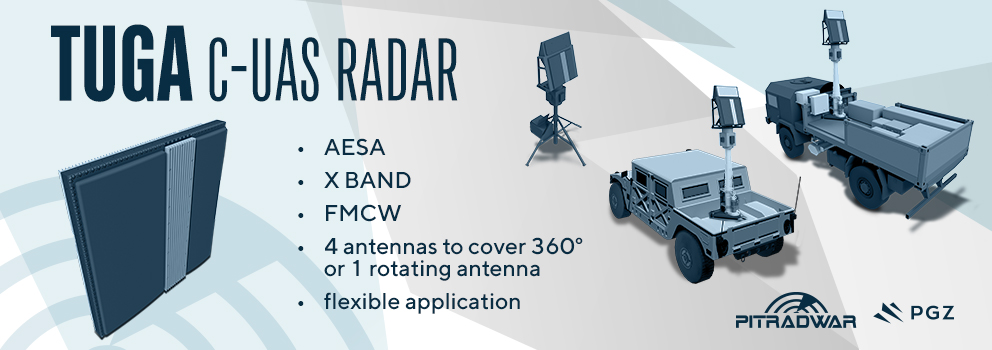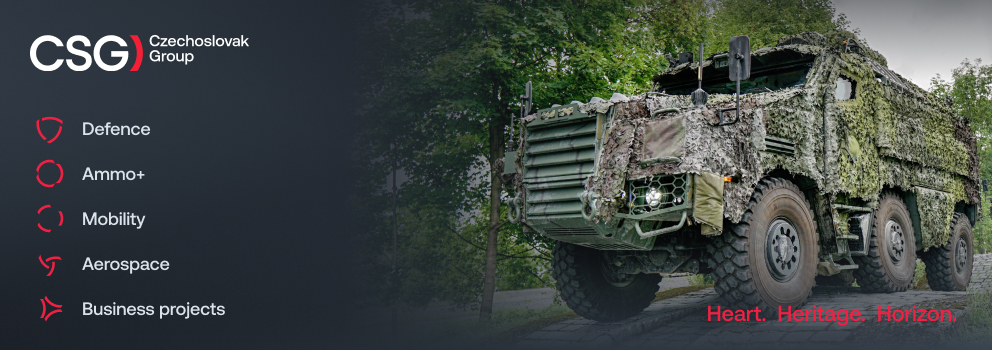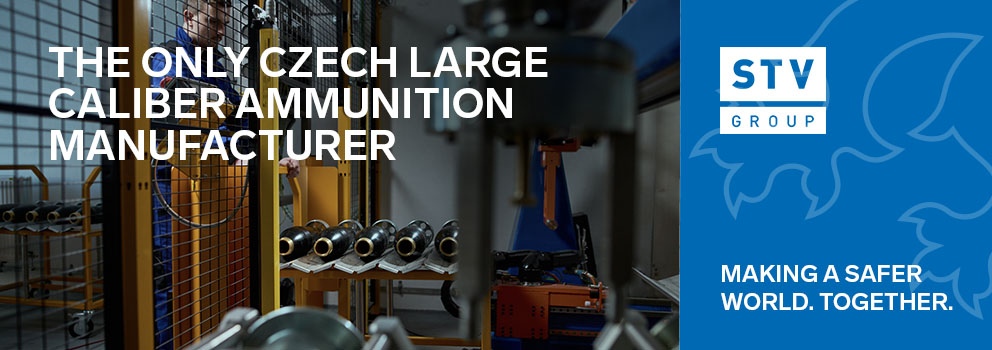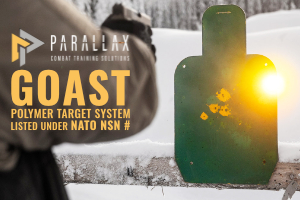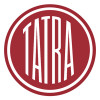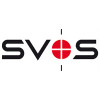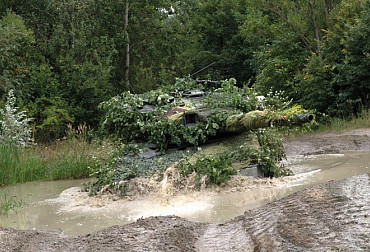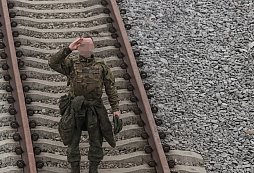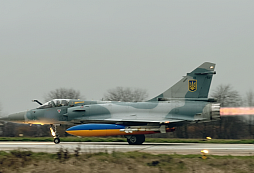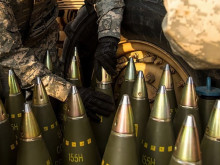Czech defense industry reshapes Hungary’s military capabilities
The ambitious Zrínyi 2026 defense modernization program, announced in 2016, has become the backbone of Hungary's efforts to transform its military. With a total budget estimated at up to €13 billion, the project aims to overcome the legacy of post-Soviet weapons, strengthen interoperability with NATO, and revitalize the national arms industry. Within this strategic framework, the Czech Republic occupies an important position as a supplier of military systems and manufacturing processes. The combination of Czech expertise and Hungarian ambition is forming a new axis of defense cooperation in Central Europe.
One of the most visible manifestations of this cooperation in 2022 was the acquisition of twelve L-39NG training jet aircraft developed and manufactured by Aero Vodochody. Eight of these will be used for training and four as reconnaissance systems equipped with electro-optical equipment. The first three aircraft (also known as Skyfox) arrived at the Kecskemét air base at the end of May this year, marking the start of a new phase in the training of Hungarian Air Force pilots.

The project has deeper strategic significance than meets the eye. Budapest's long-term goal has been to create a fully autonomous military pilot training system on home soil, which has not been possible until now. Key phases of training took place within the framework of alliance cooperation in Canada (NFTC – NATO Flying Training in Canada program). The Skyfox aircraft, together with the existing Zlín aircraft and a new simulation center from the Czech company VR Group, form a comprehensive system that brings Hungary closer to sovereign training capabilities in line with Alliance standards.
The purchase of the L-39NG (Skyfox) aircraft is also backed by complex capital links. The majority of Aero Vodochody (80 percent) is owned by the Hungarian holding company HSC Aerojet Zrt. (the remainder is owned by the Czech company Omnipol). This structure not only secures economic benefits for Hungarian industry, but also reflects a broader trend in regional defense cooperation, with individual countries seeking to maximize their industrial capacity and firmly anchor themselves among the members of the North Atlantic Alliance from a geopolitical perspective. The L-39NG aircraft has become a key element of this vision, with potential for export to other countries.
Another pillar of Czech-Hungarian defense cooperation is the licensed production of small arms by Česká zbrojovka. In 2018, a ten-year contract worth EUR 100 million was signed, enabling the production of CZ P-07/09 pistols, Scorpion EVO 3 submachine guns and, above all, CZ BREN 2 assault rifles at the Hungarian state-owned company Arzenál in Kiskunfélegyháza. In this way, Budapest replaced outdated versions of AK-63 rifles and restored its infantry weapon production capacity, which had ceased after 2000.

Production takes place in several stages, from assembly of Czech parts to full localization, including forged barrels and ammunition. Hungarian production lines are estimated to have the capacity to produce tens of thousands of weapons per year. Part of this production is also destined for the Czech Republic, making this cooperation a mutually beneficial transfer of technology.
The Czech contribution is not limited to the supply of weapons. VR Group, a subsidiary of the state-owned company LOM PRAHA, supplies Hungary with a simulation training system for the L-39NG, for example. This is a multifaceted solution that includes desktop and full mission simulators, including full-fledged missions with realistic displays (such as night flight simulations). VR Group is openly pursuing the goal to eliminate the difference between training and real flight, making it a technological pioneer in the field of flight training. According to available information, this system is set to become the basis for pilot training in Hungary and other European countries.
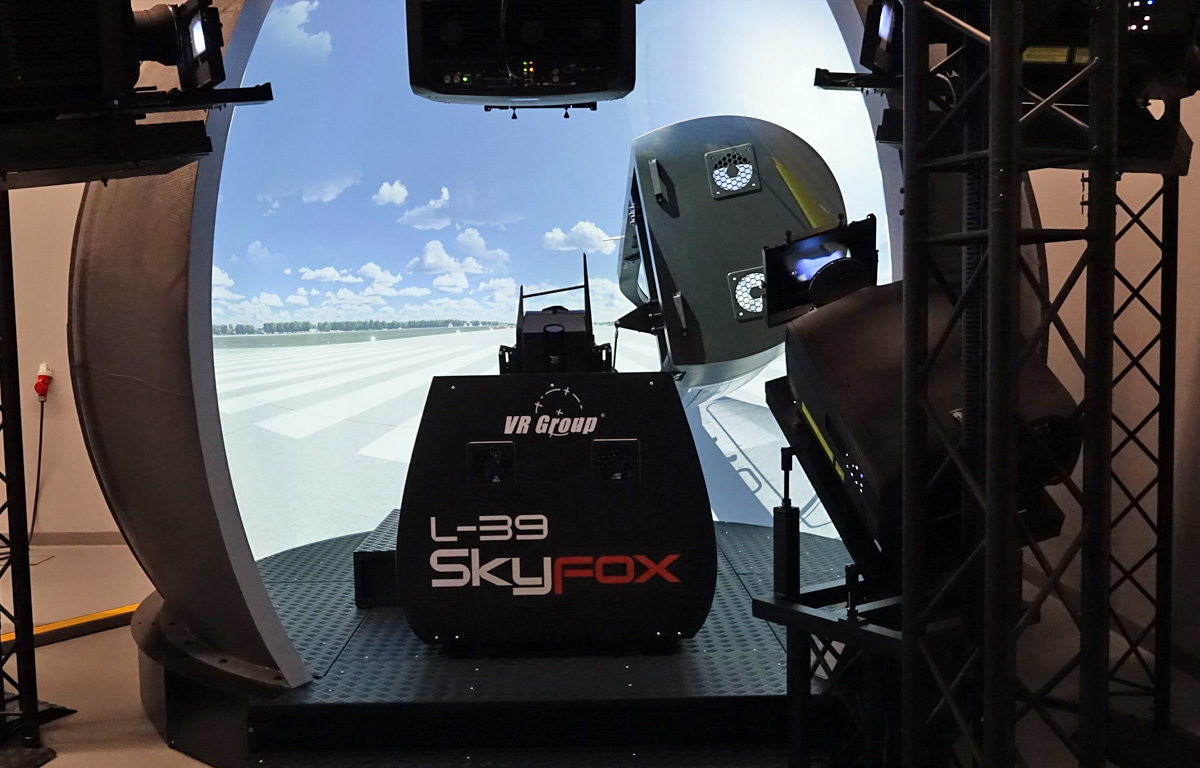
All these activities within the Zrínyi 2026 modernization program contribute to Hungary's deeper integration into the alliance structures. The acquisition of modern NASAMS air defense systems, ELM-2084 radars, Embraer C-390 transport aircraft, and Airbus H145M and H225M helicopters is fundamentally changing the profile of the Hungarian armed forces. As a supplier of interoperable equipment, the Czech Republic is thus contributing to strengthening NATO's defense on its eastern border.
At the same time, Hungary is restoring its defense self-sufficiency, setting itself apart from a number of former Eastern Bloc countries. Thanks to cooperation with Prague and other European partners, it now has production capacities in the areas of weapons, vehicles, simulation, and training, while maintaining full compatibility with its NATO allies.
The relationship between the Czech Republic and Hungary in the defense industry can be described as one of the most developed in the region today. Hungary's order for the L-39NG (Skyfox) has greatly helped to maintain the continuity of Czech production of jet trainer aircraft. On the other hand, the licensed production of Czech weapons has contributed to Hungary's industrial development and to the development of a bilateral strategic partnership, which should be further supported by the Czech state.
However, some complex questions arise for the future: How can sufficient capacity be ensured for Czech industry if a significant part of production takes place abroad? How can technological superiority be maintained in the face of growing competition from other NATO countries? And will the Czech Republic have sufficient tools to develop mutual cooperation (e.g., in the area of development), rather than just supporting exports?
The example of Hungary shows that defense modernization does not have to be just a matter of procurement, but can become a means of strategic transformation, industrial renaissance, and strengthening of alliance ties. For the Czech Republic, this is both a challenge and an opportunity. That is, if it is willing to view its partners not only as customers, but also as long-term allies.
